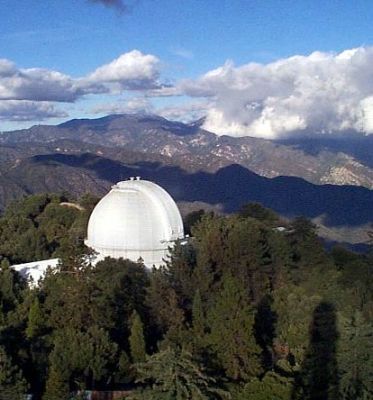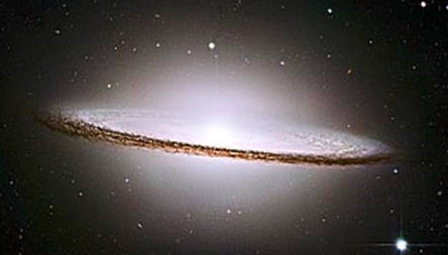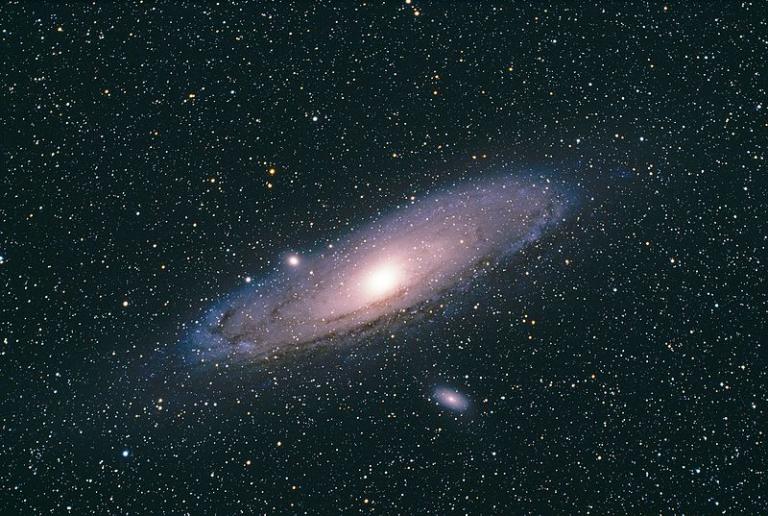
Continuing with my note-taking from Chris Impey, University Distinguished Professor and Deputy Head of the Department of Astronomy at the University of Arizona, in his book How It Began: A Time-Traveler’s Guide to the Universe (New York and London: W. W. Norton and Company, 2012):
The Milky Way is surrounded and pervaded by a trillion solar masses of mystery “stuff”! As Vera Rubin has said, “In a spiral galaxy, the ratio of dark-to-light matter is about a factor of 10. That’s probably a good number for the ratio of our ignorance-to-knowledge. We’re out of kindergarten, but only in about third grade. (135)
If all this talk about dark matter is making you suspicious, you’re not alone. It’s rather perverse to live in a universe where most matter is invisible and doesn’t interact with radiation. All dark matter can feel is gravity. If you had a handful of it, it would pass through your hand and fall gently to the center of the Earth. The universe is mocking us with its secrets. (161)
For a reflection of mine on “dark matter,” see
“Materialism isn’t what it used to be”
We should take a moment every day to give thanks that the universe is lumpy. In this sense: without the sculpting force exerted by gravity, we wouldn’t be here. The universe started life as a hot gas. If it had stayed smooth and gaseous, it would be a simpler but duller place. (144)
***

The name of the galaxy comes from the curious and, to scientists, very surprising fact that apparently all of its residents speak Spanish. (The pope gave Portugal absolutely nothing in this case.)
I love stories like this:
Professor Impey tells about Edwin Hubble’s longtime collaborator Milton Humason. Together, Hubble and Humason observed that the densest clouds or clusters that they could see had the most elliptical galaxies, while spiral galaxies — like our own Milky Way and our neighbor Andromeda — were more generally distributed throughout the universe, and typically didn’t have close neighbors.

(Wikimedia Commons public domain image)
Who was Milton Humason? A graduate of Harvard, MIT, or Caltech?
No. He had dropped out of high school. But he loved the mountains, so he managed to get a job as a mule driver, taking materials up to the top of Mount Wilson to build its new observatory (probably along much the same trail that I myself took several times while growing up not too far from the foot of the mountain). When the observatory was complete, Humason stayed on, obtaining a position as a janitor. He showed remarkable interest in and capacity for astronomical observation, however, so he soon became a night assistant — night, of course, being the prime time for stargazing. George Ellery Hale, who was the observatory’s director, eventually recognized his talent and (over the objection of several members of the staff) made him a full-fledged member of the observatory team.
Many if not most of the observations to which Edwin Hubble owes his (not unjustified) fame relied on Milton Humason’s meticulous work.
In fact, Professor Impey says, Hubble’s photographs were of a distinctly lower quality when he wasn’t working with Milton Humason, an astronomer who had no high school diploma.











